Kashmir Shawls from Mughals to Dogras
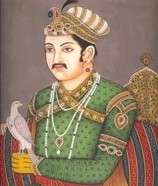
Akbar
Mughal Period
1586 - 1753
Emperor Akbar was a great patron of the Kashmir shawl. Royal workshops were set up in Lahore and Agra. Systematic documentation of designs, colours and classification of shawl goods was done. Shawls and patkas were given as gifts to honor saints, kings, diplomats and ministers on ceremonial occasions and shawls become part of court attire for men. Shawls conferred honour on the giver and the receiver. The first shawls that reached European royalty were gifts from Mughal kings. They were worn by royal ladies who became besotted by their designs and soft sheen.
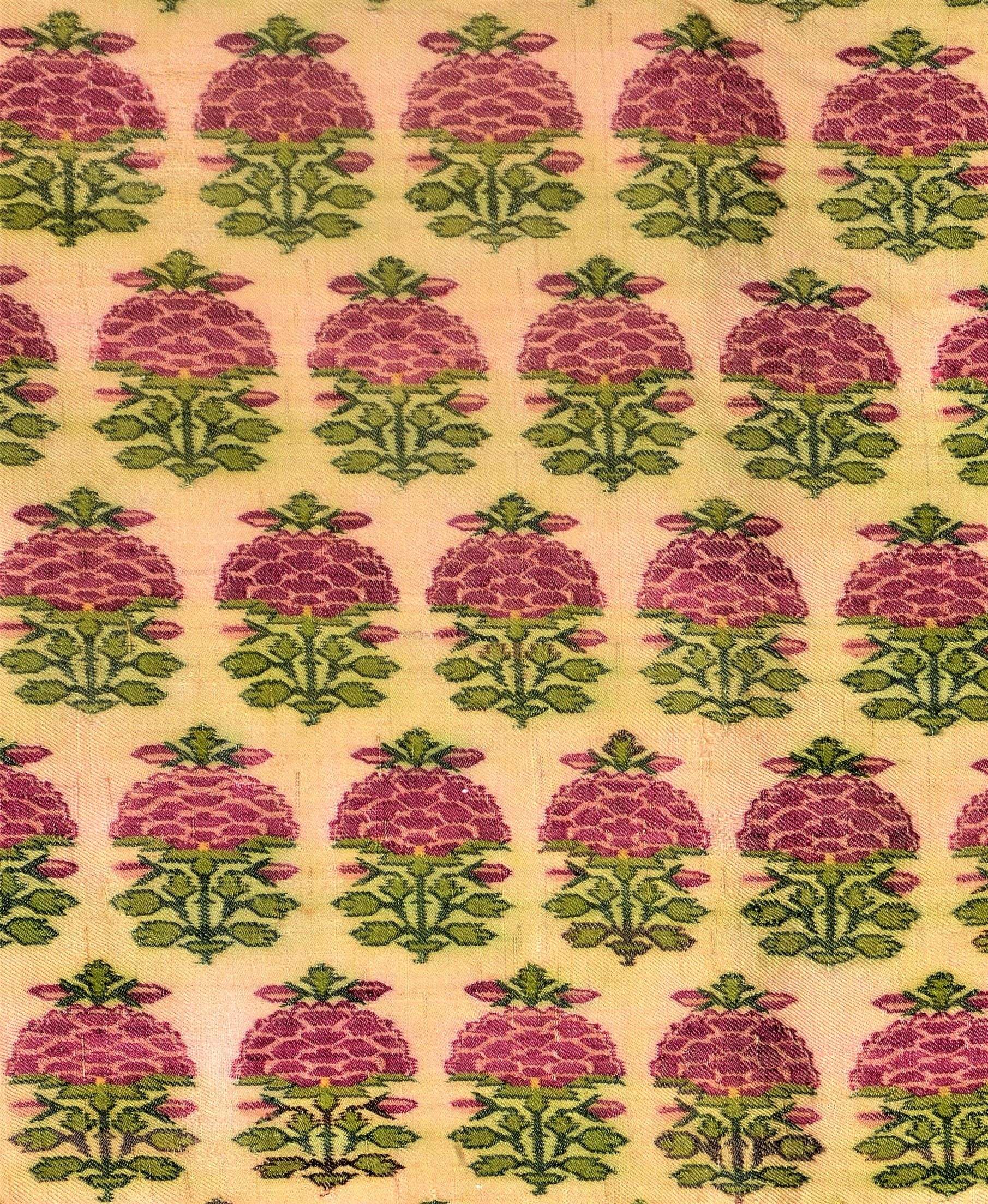
Mughal flower buta shawl
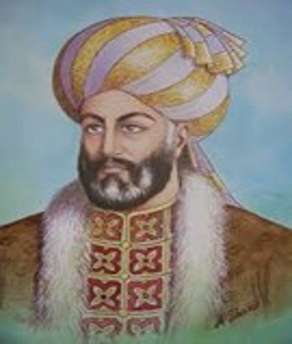
Abdali
Afghan Period
1753 – 1819
Afghan rule in Kashmir was marked by tyranny, direct taxation on shawl (dagshali) and extortion. They started being made in sections to avoid taxation. The rafugars would later join these sections to make the complete shawl. To raise money for arms and to feed the troops, the shawl became a privately manufactured marketed commodity. British capital Calcutta became the shawl capital. Kashmir shawls captured the imagination of the European nobility and became high fashion in France. Square Moon shawls were a highlight of this period.
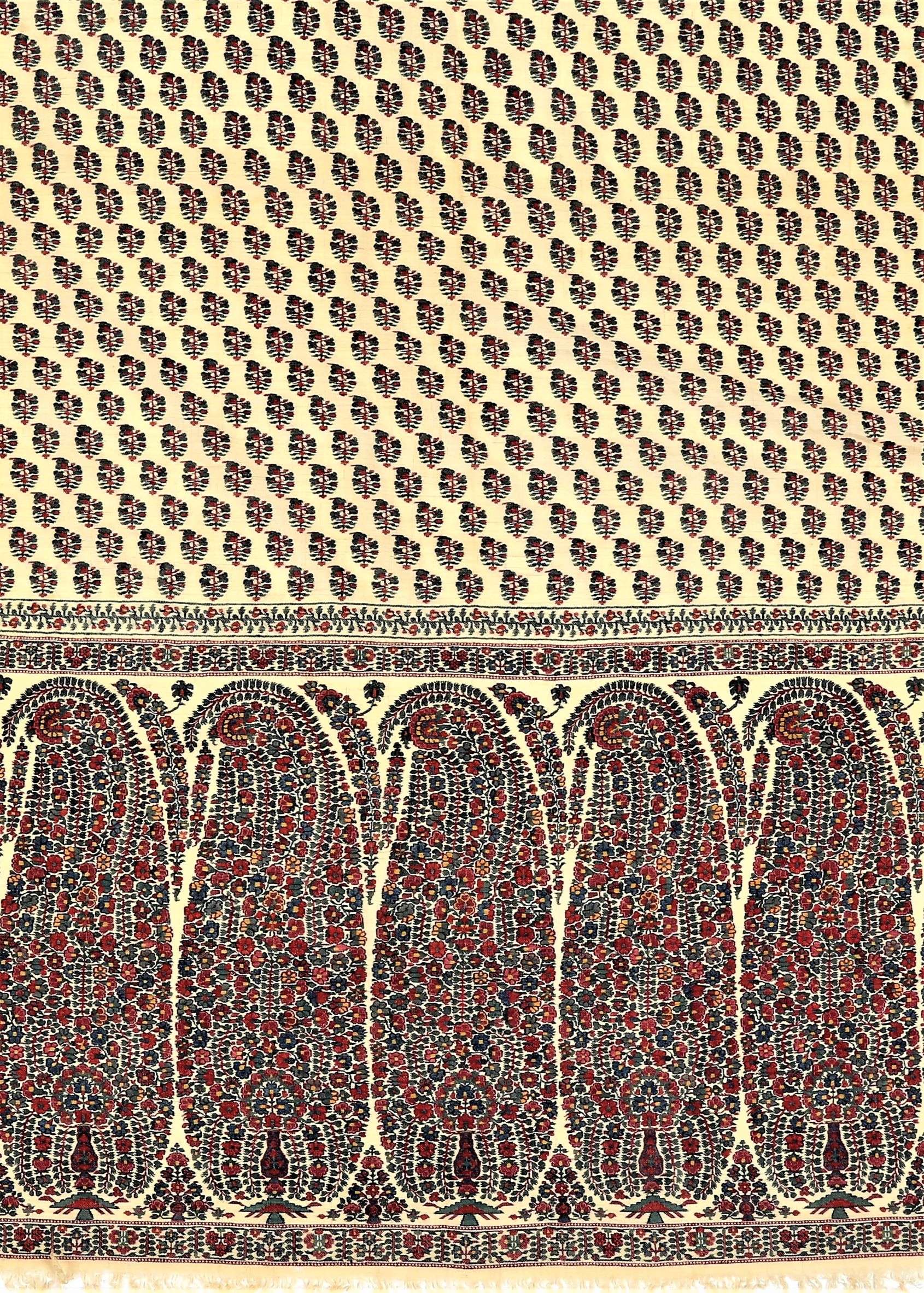
Superb one piece purmatan palledar
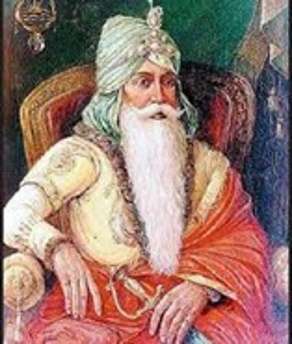
Ranjit Singh
Sikh Period
1819 – 1846
Maharaja Ranjit Singh captured Lahore in 1799, Kashmir in 1819, and made it a part of Punjab. He was a great connoisseur of shawls and carried them on his military excursions to decorate his palaces, tents and horses. Majesty and intricacy of design, multiplicity of vibrant colors (like reds, saffron, blues, greens) and introduction of embroidery on the shawl fringes were a hallmark of Sikh period shawls. Foreign agents in Kashmir started commissioning Kashmir tapestry shawls for export to Asia and Europe.
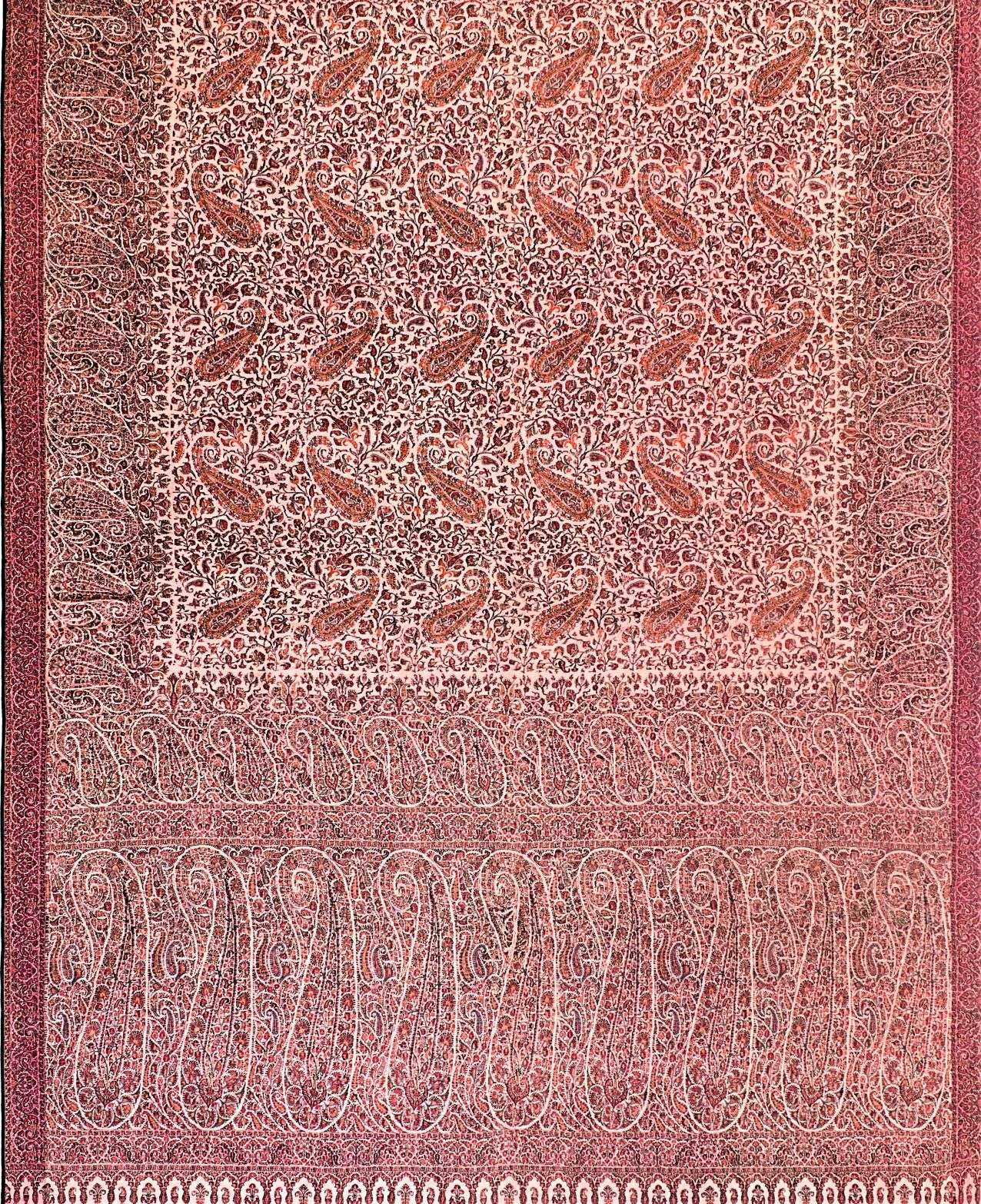
Sikh Lucknowkar allover palledar shawl
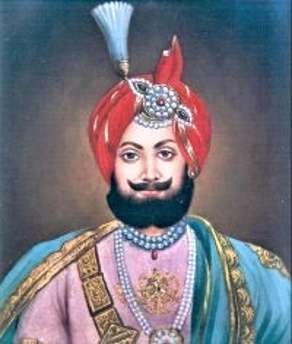
Gulab Singh
Dogra Period
1846-1947
The British took Lahore in 1846 and appointed Gulab Singh Dogra as Raja of Kashmir, separating it from Punjab. By then, thousands of looms were making large patchwork shawls with all over patterns influenced by Western motifs and colours. Suddenly due to war, famine and change of fashion in France, exports collapsed in 1870. The domestic market for dorukhas and fine embroidered shawls flourished till the 1930s after which the impact of the freedom struggle and impoverishment of Nawabs and Rajas became more pronounced.
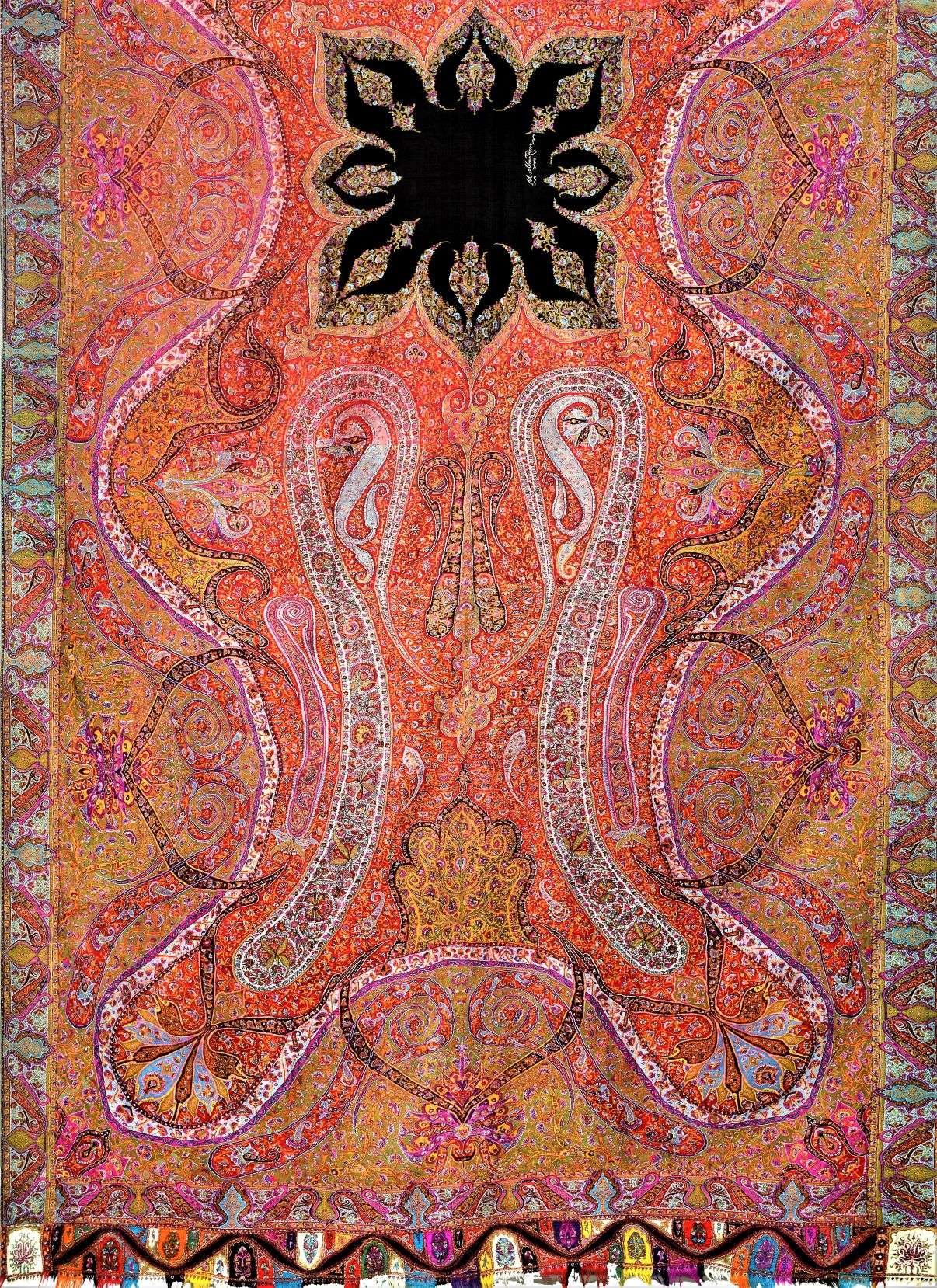
Dogra small centre tapestry shawl with crown
